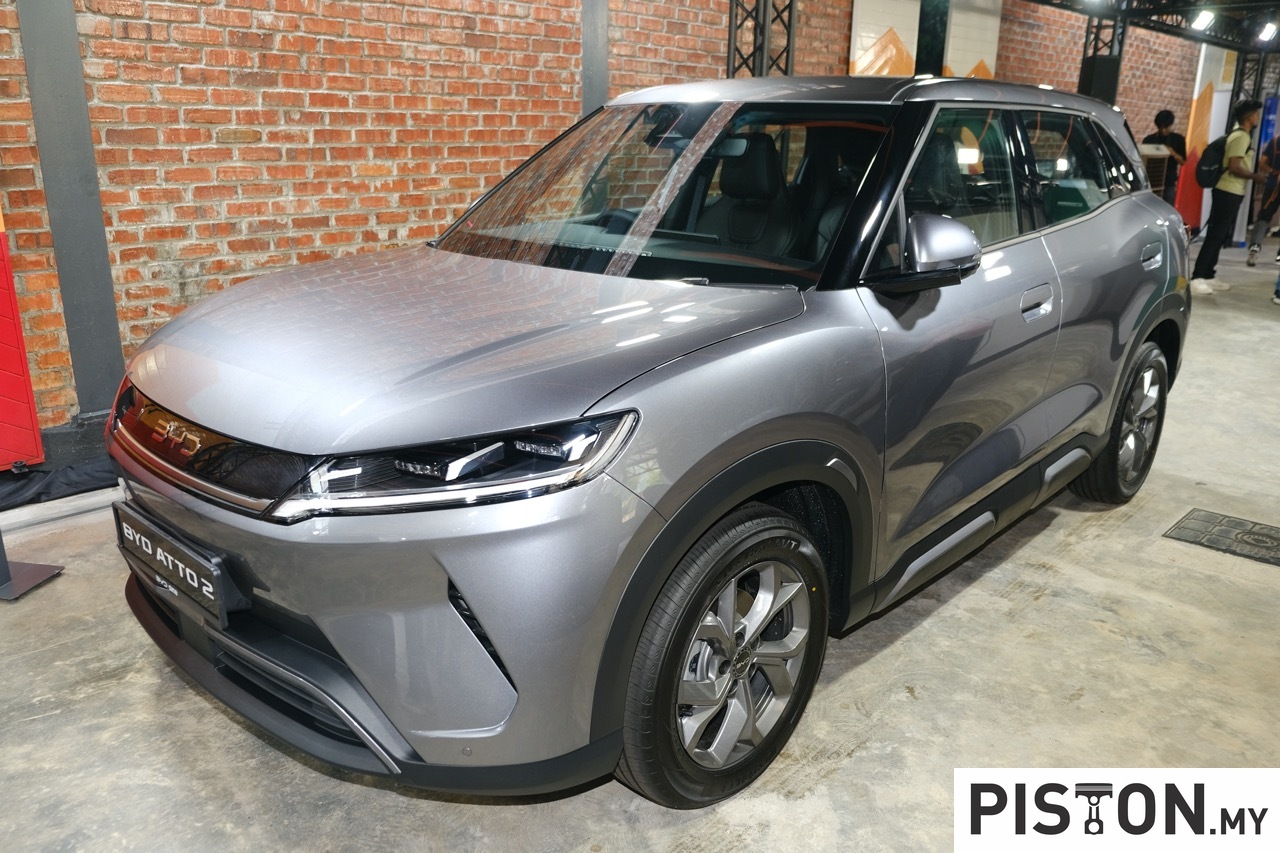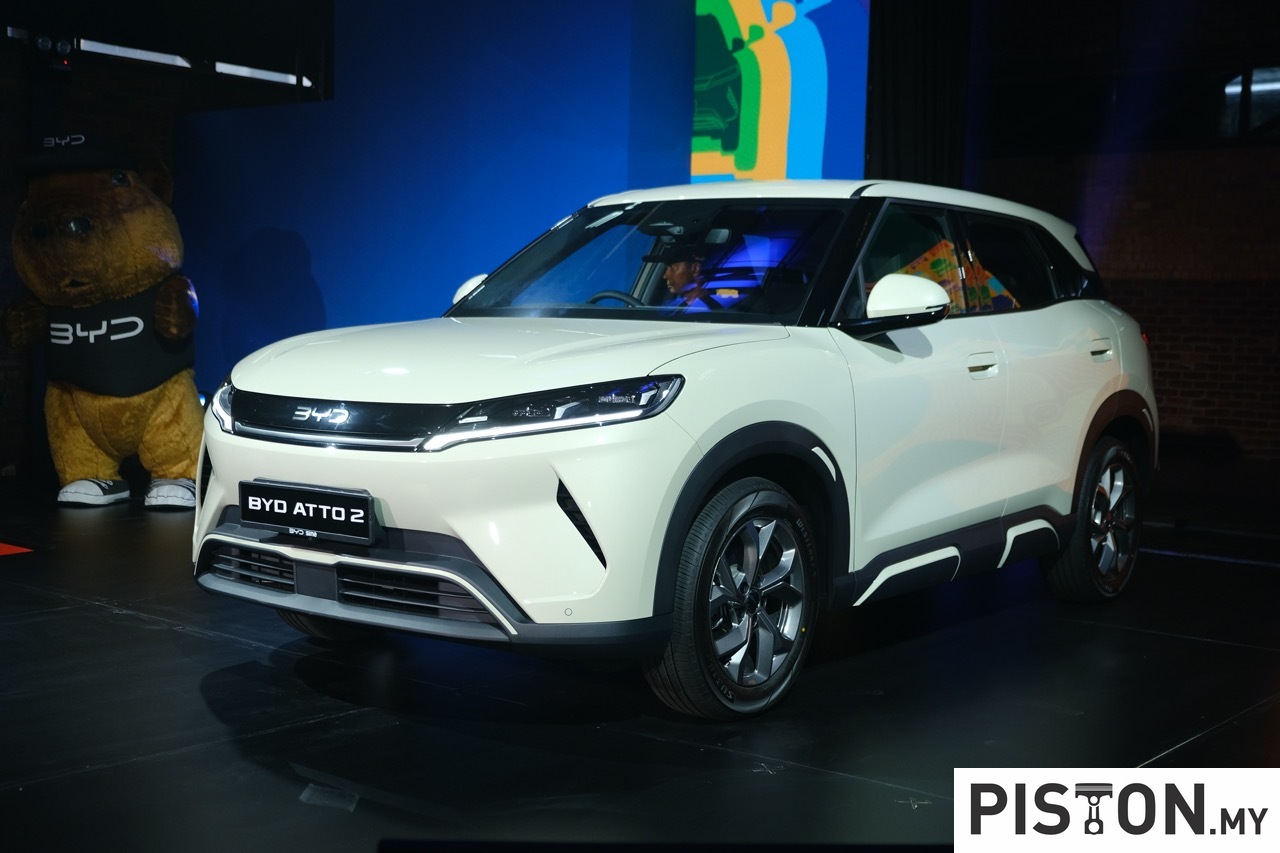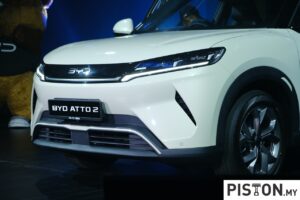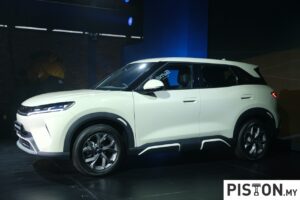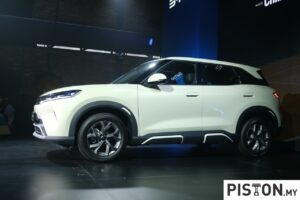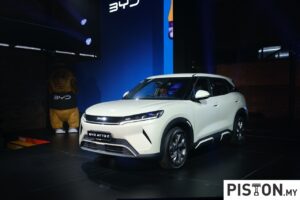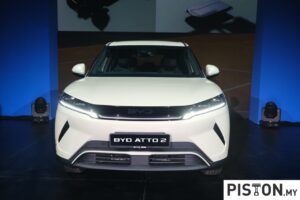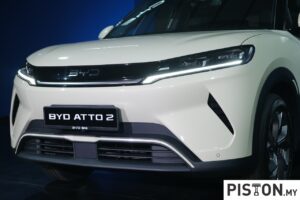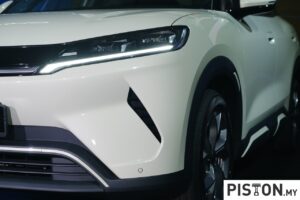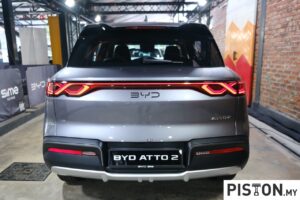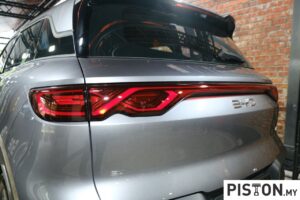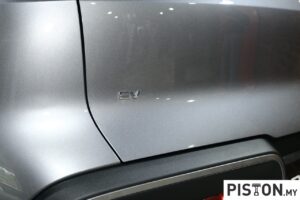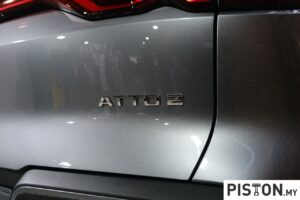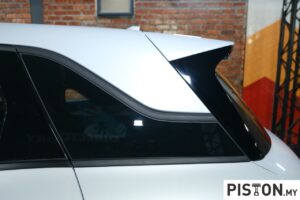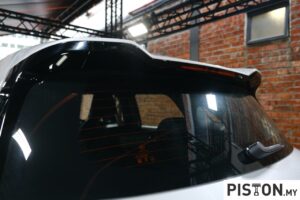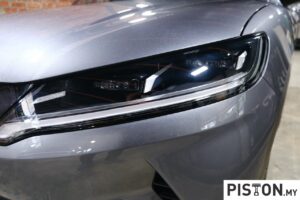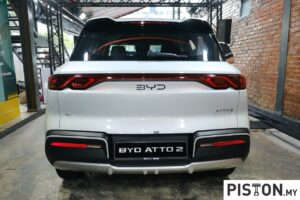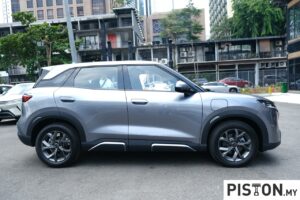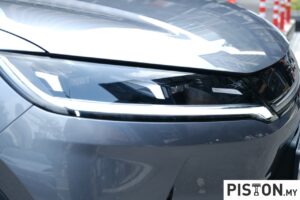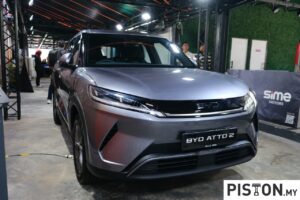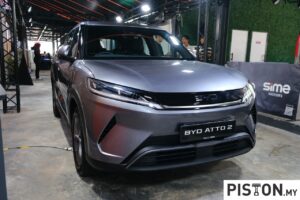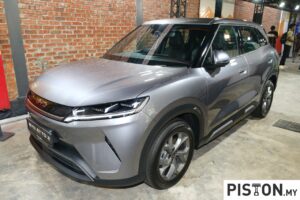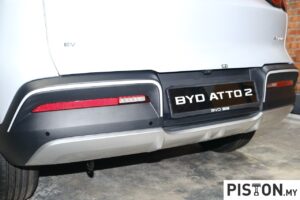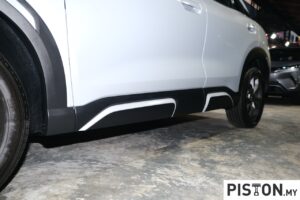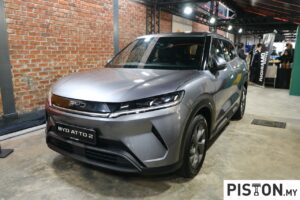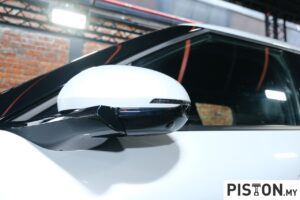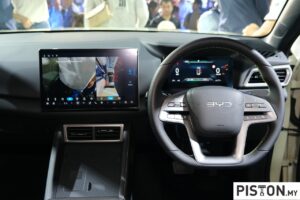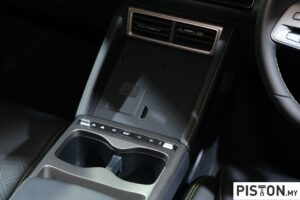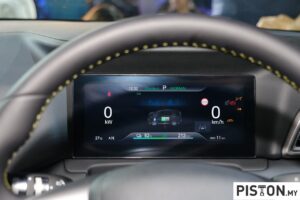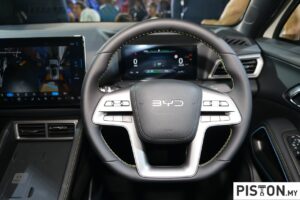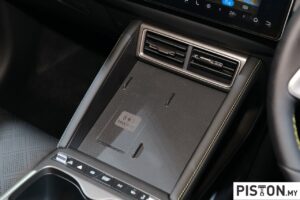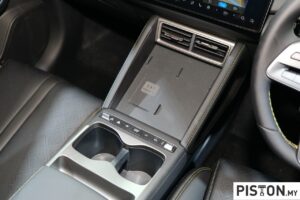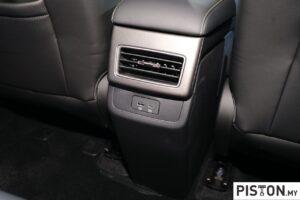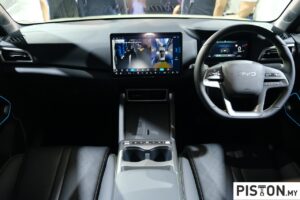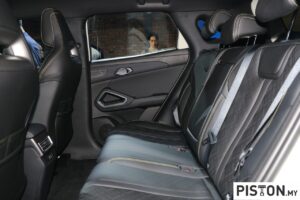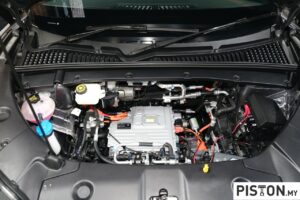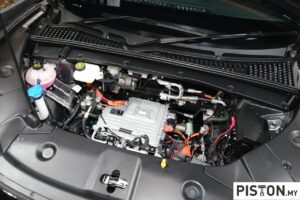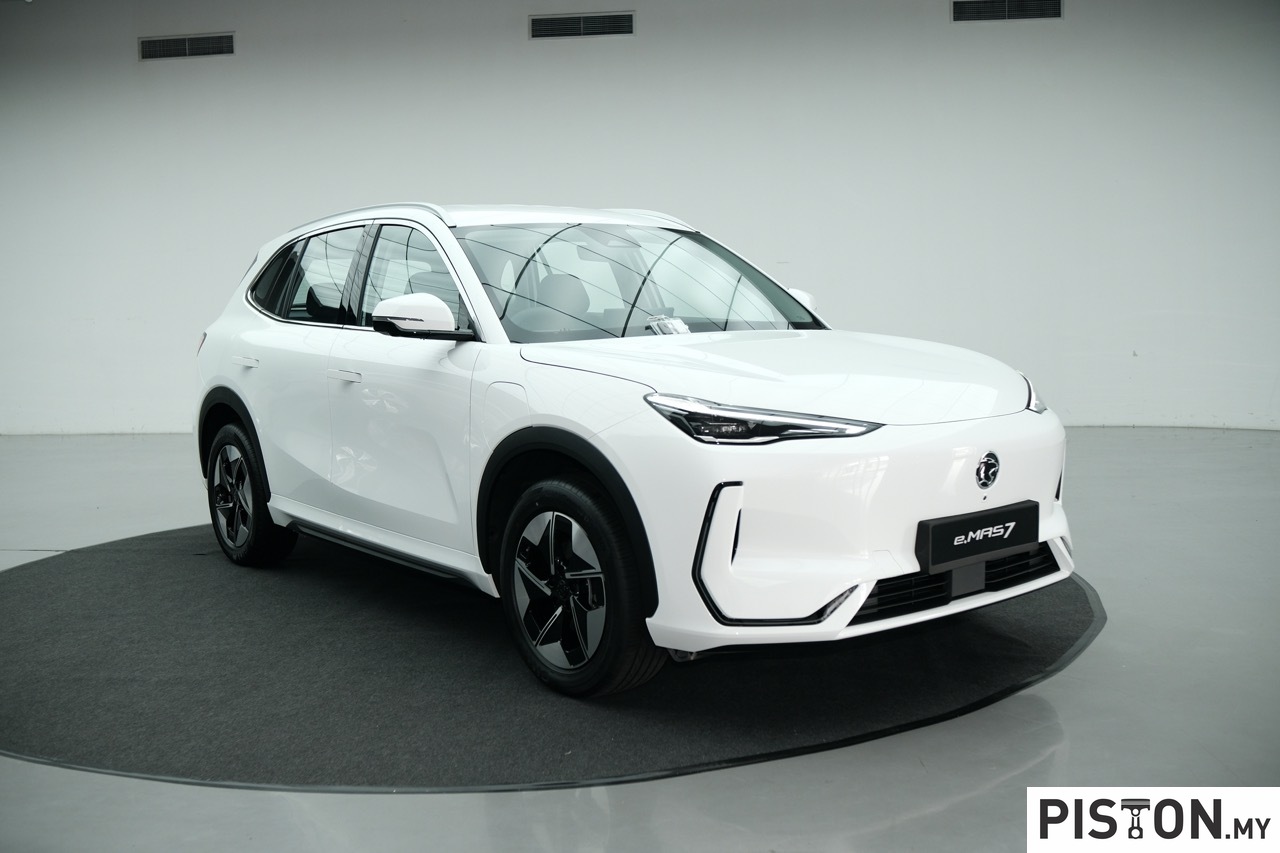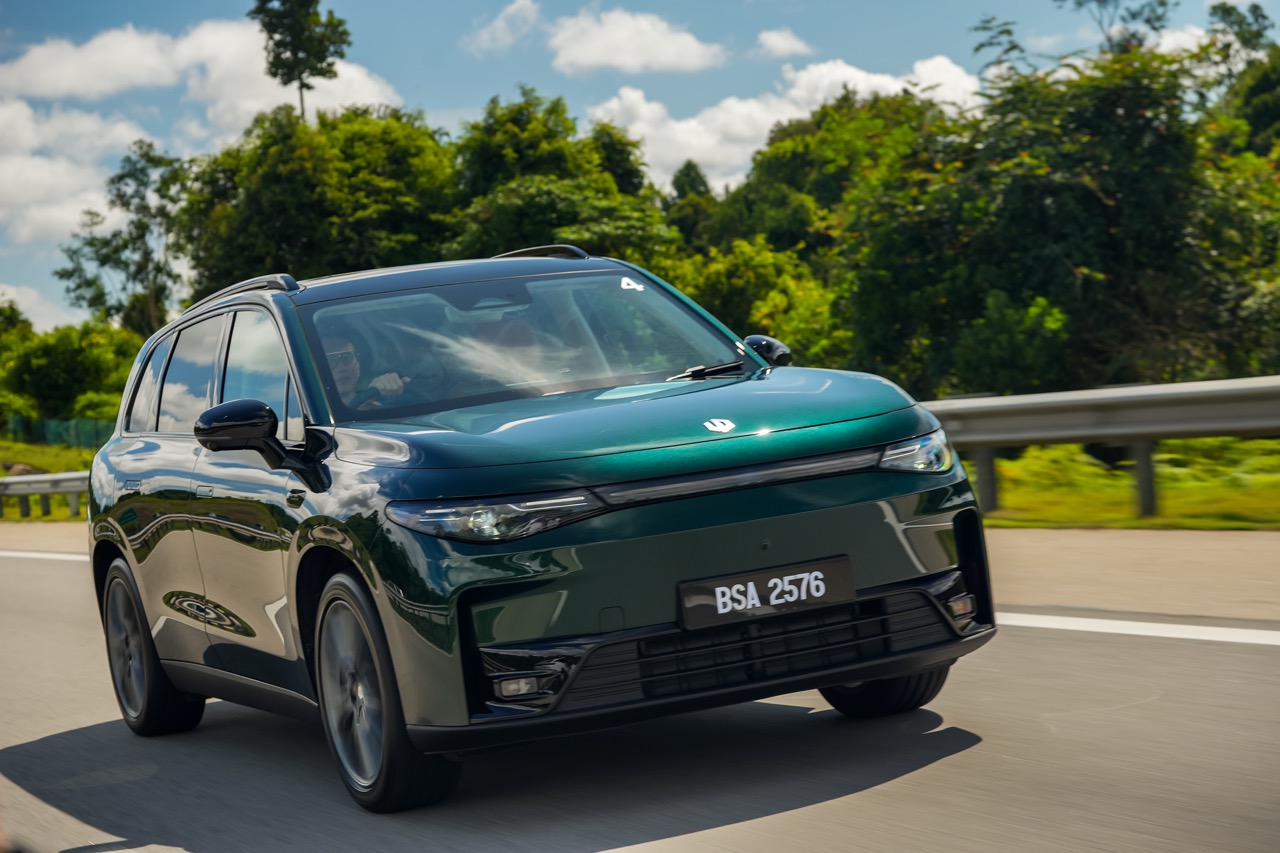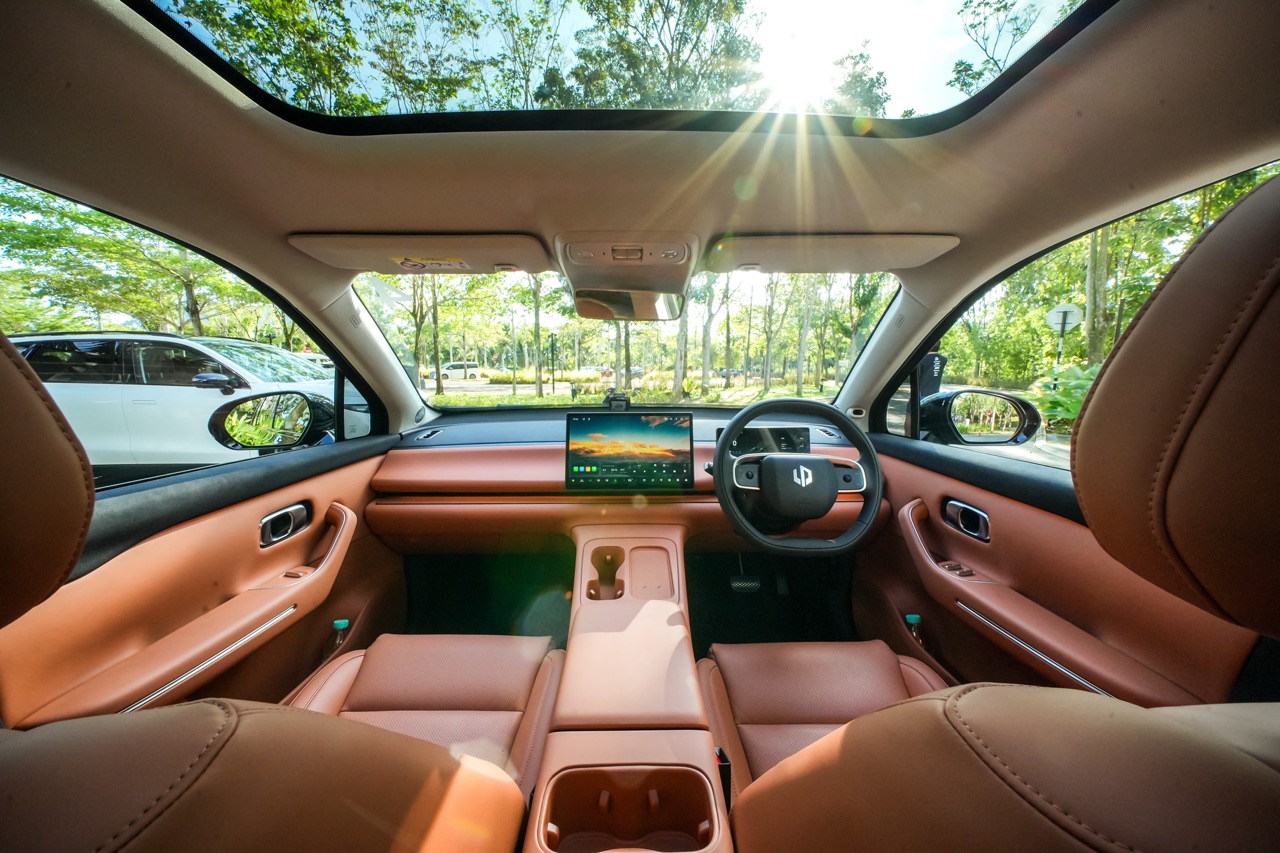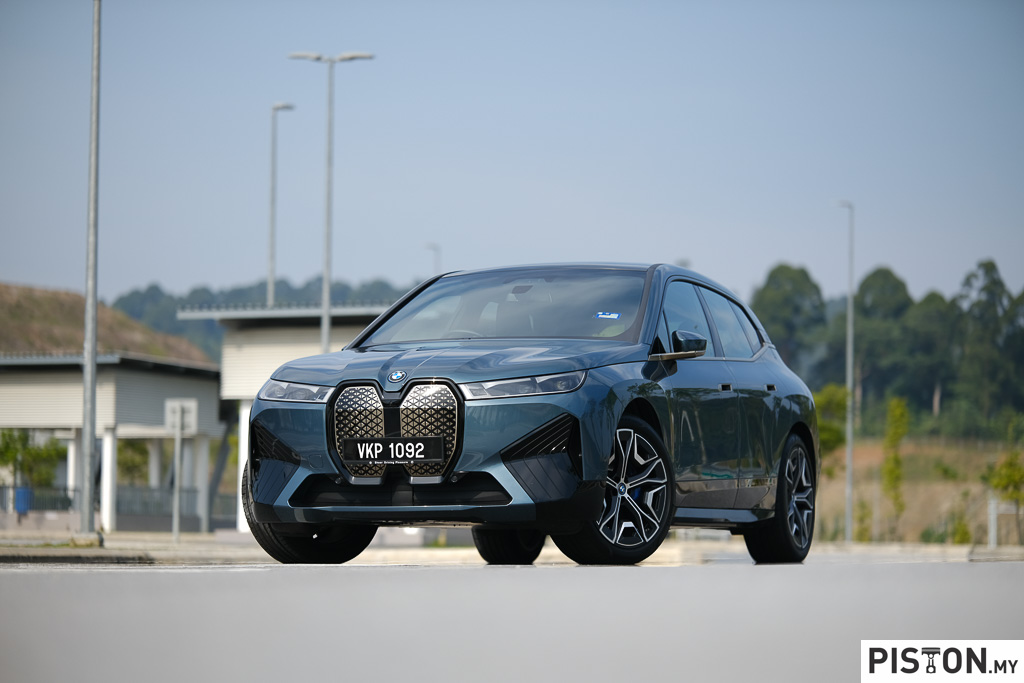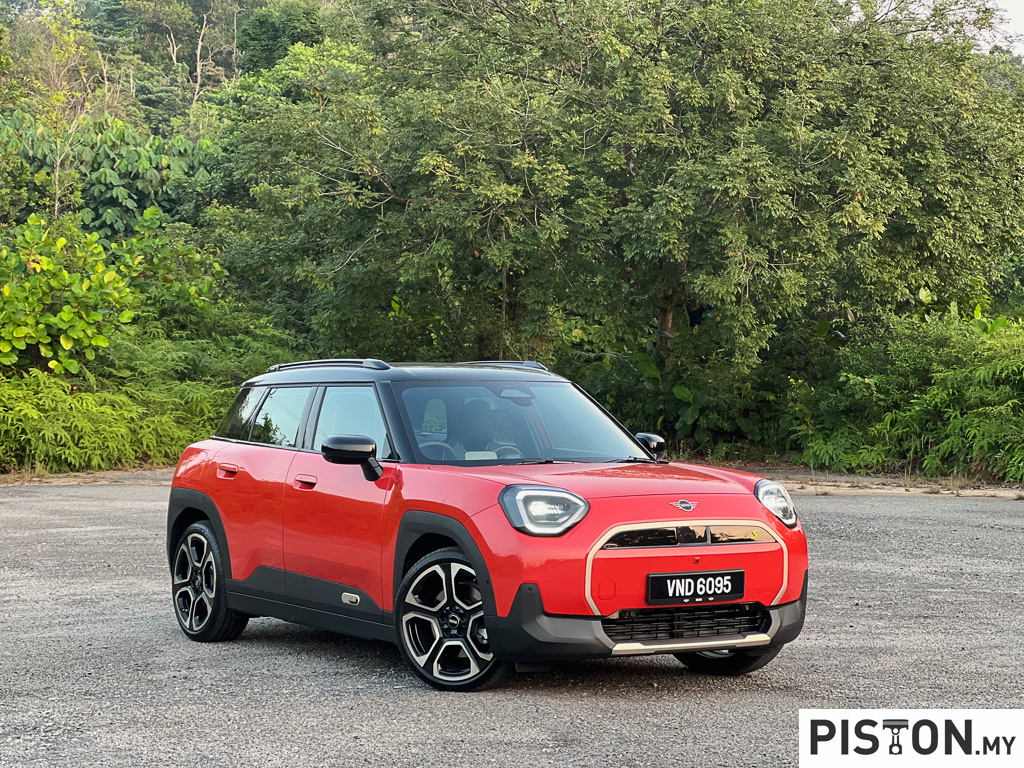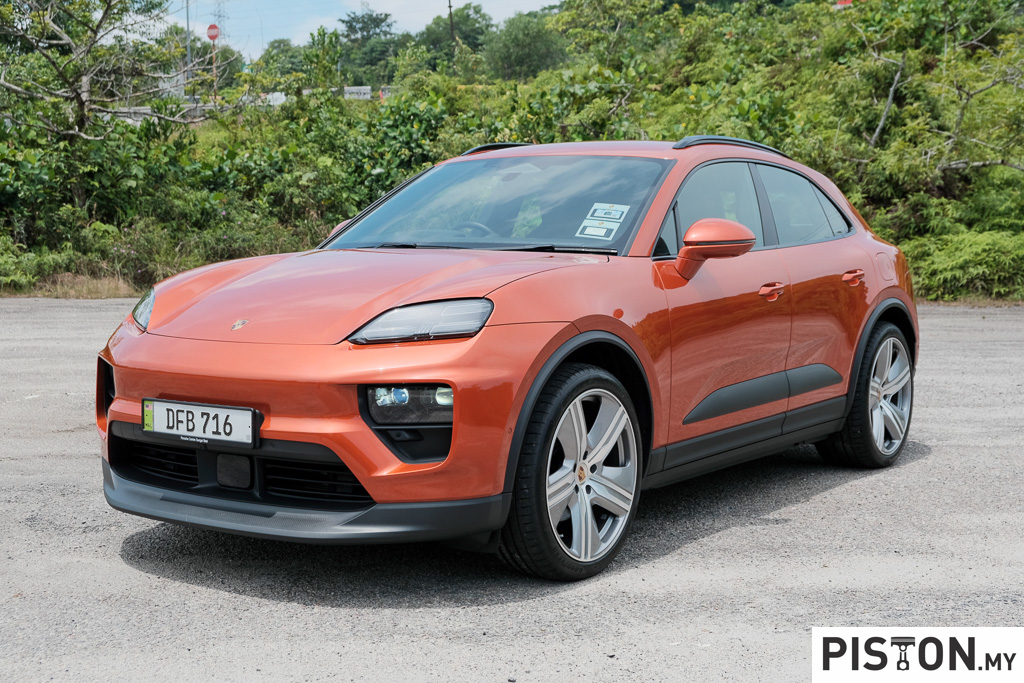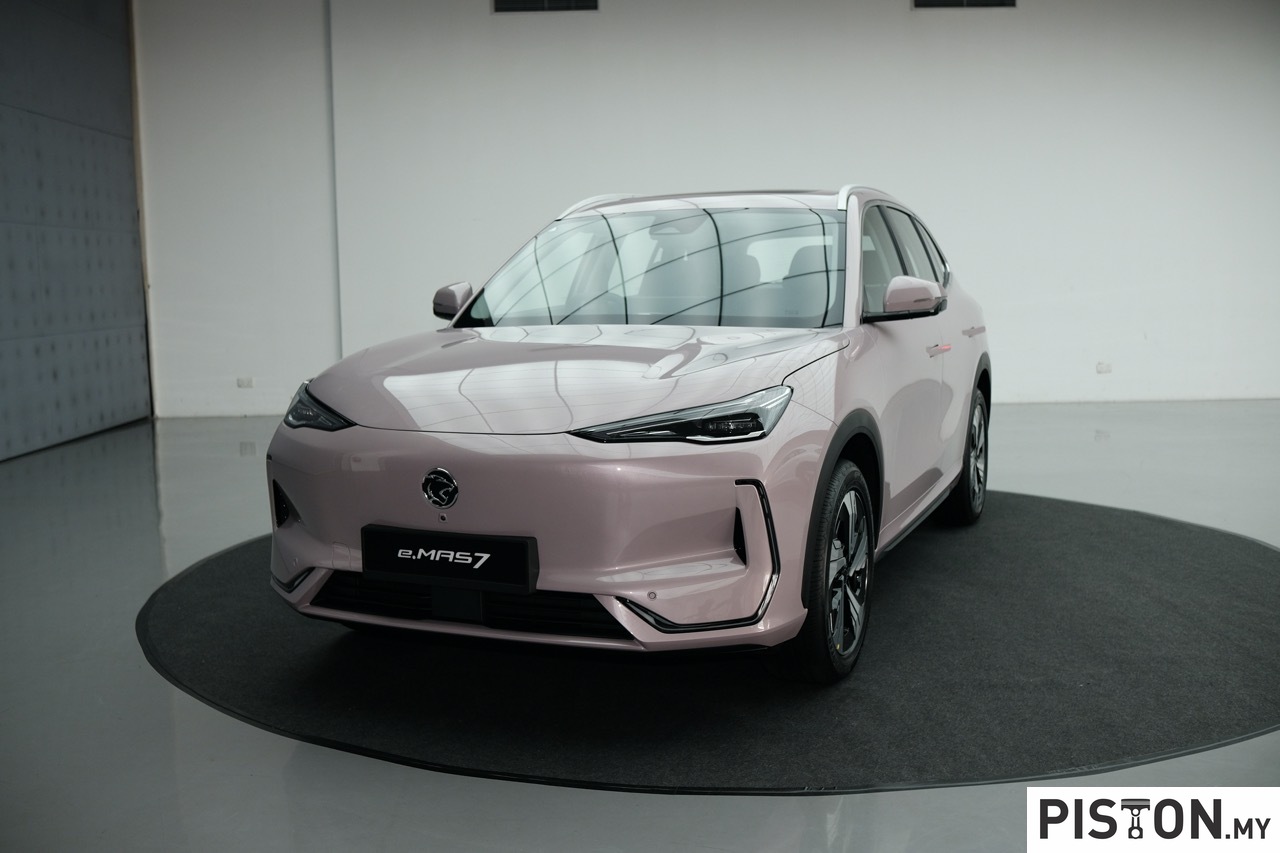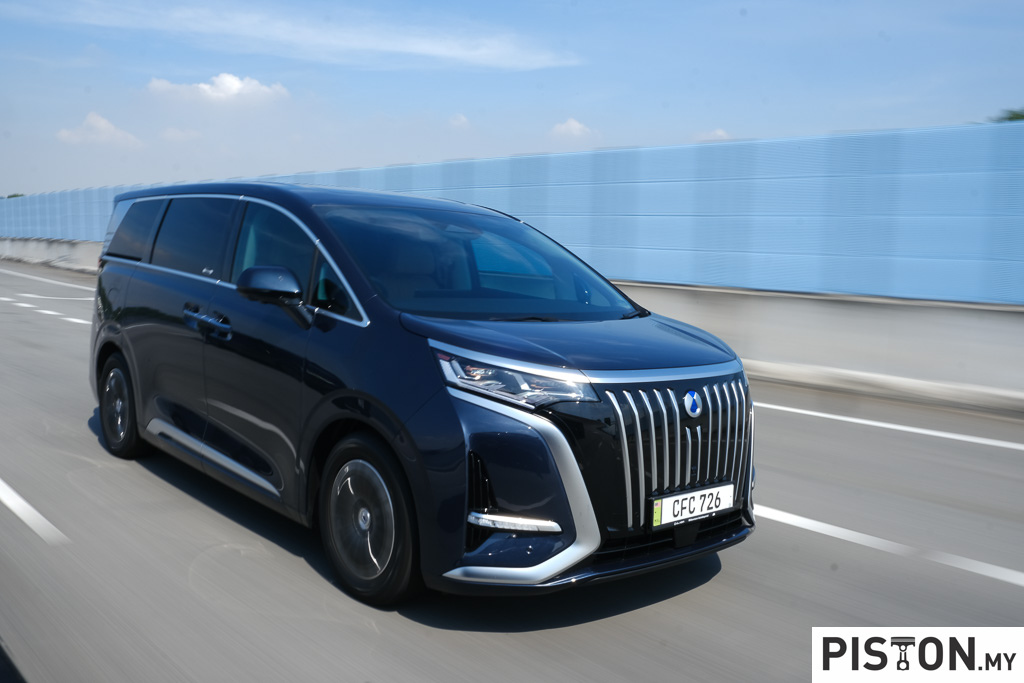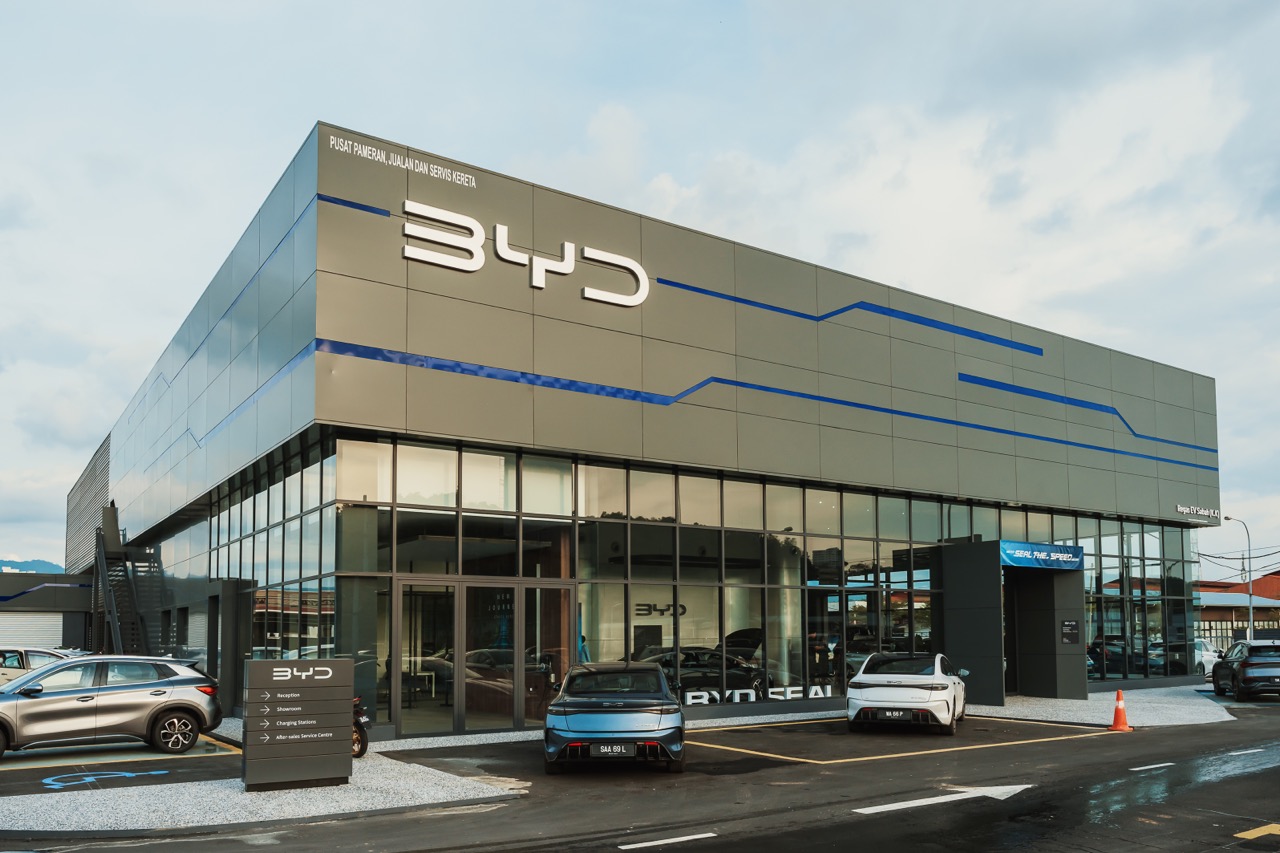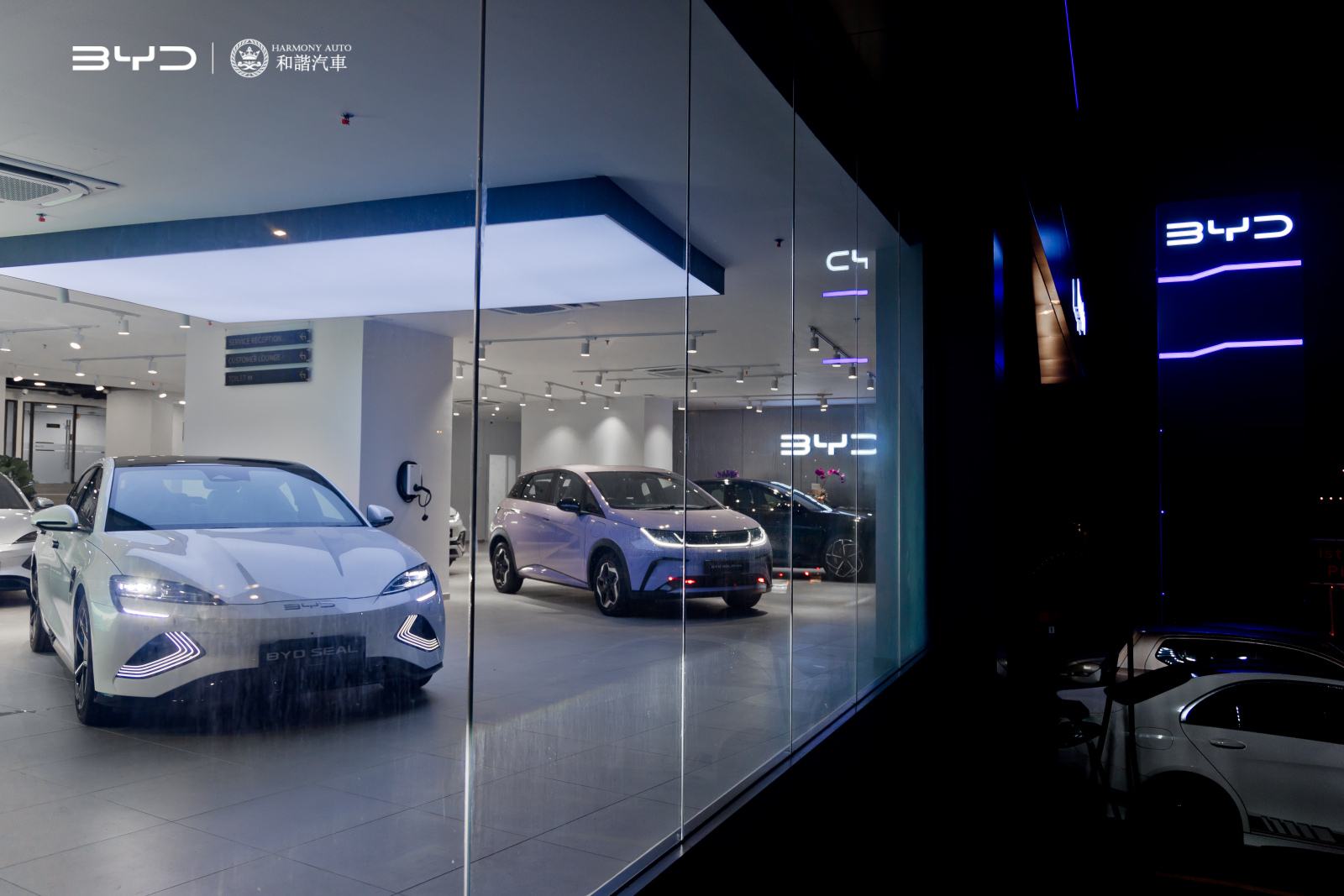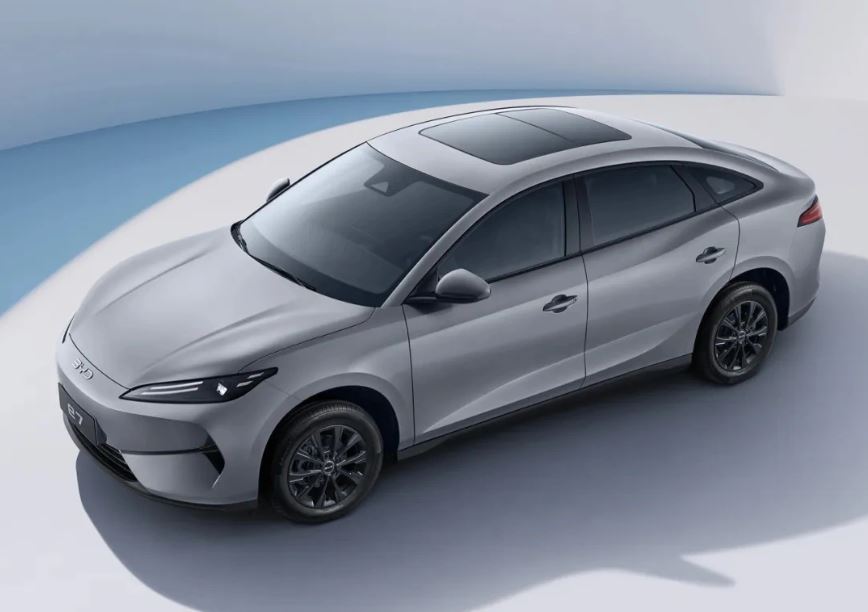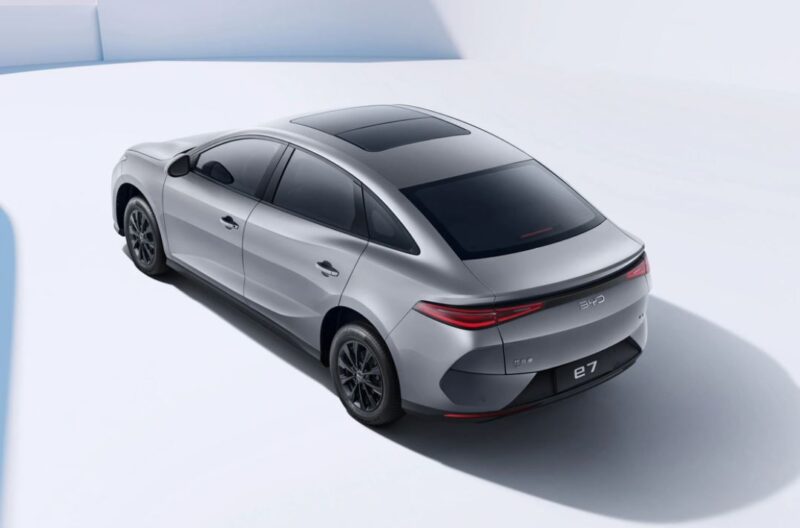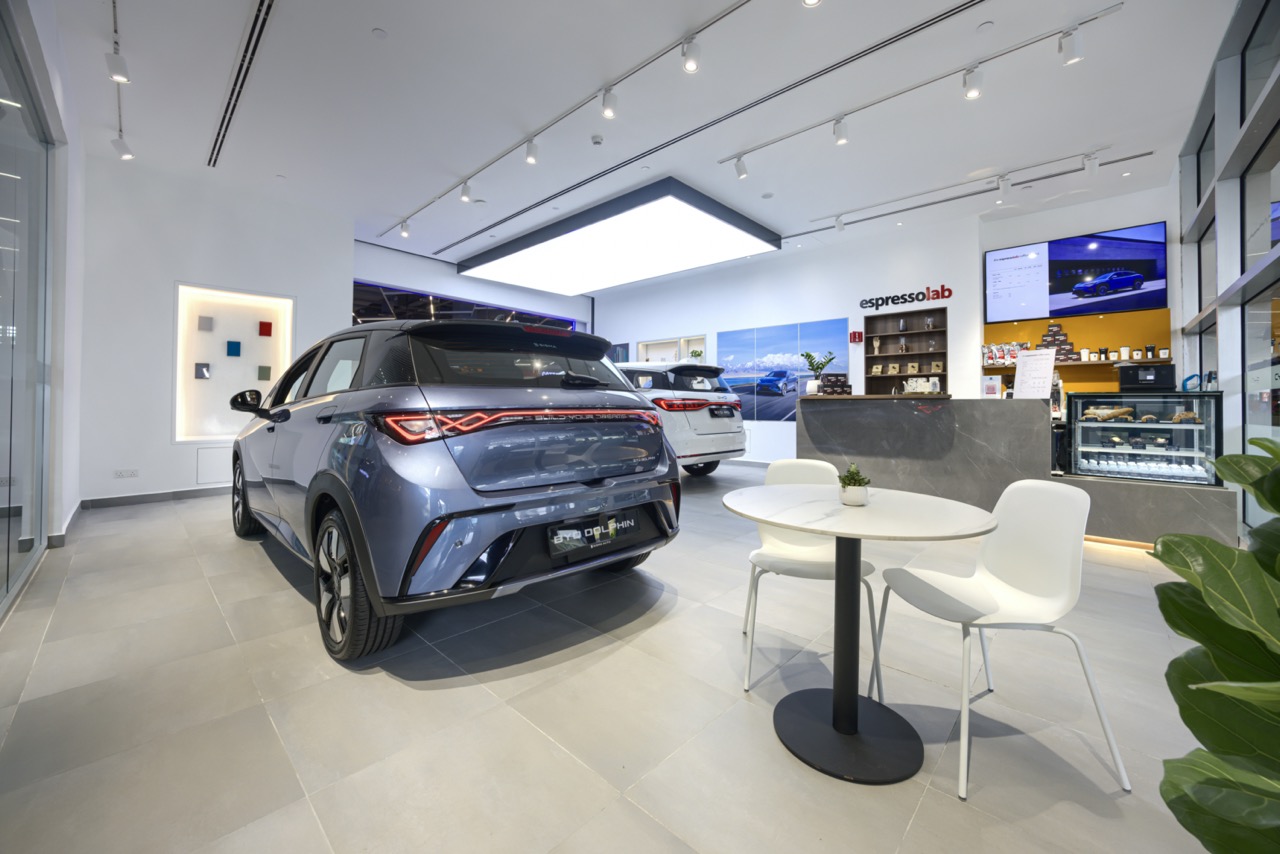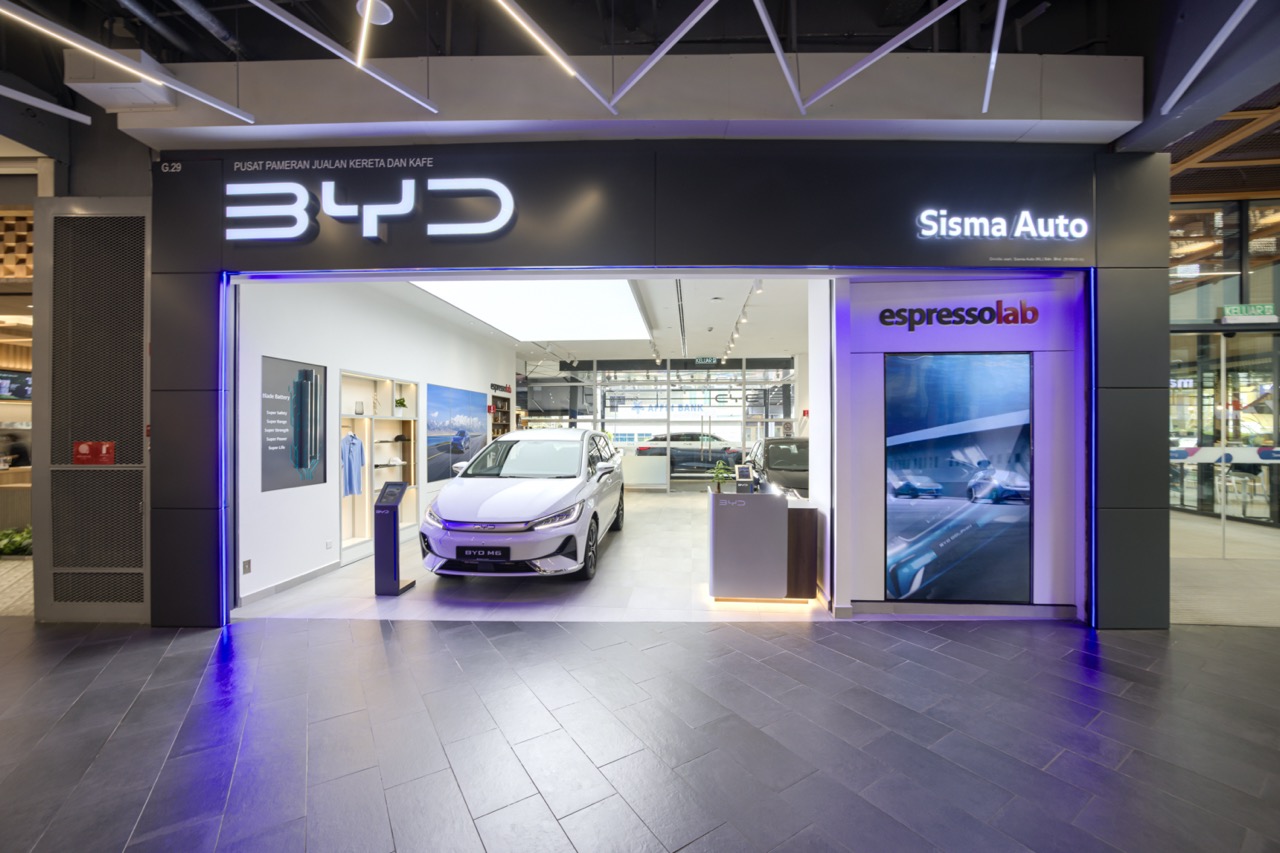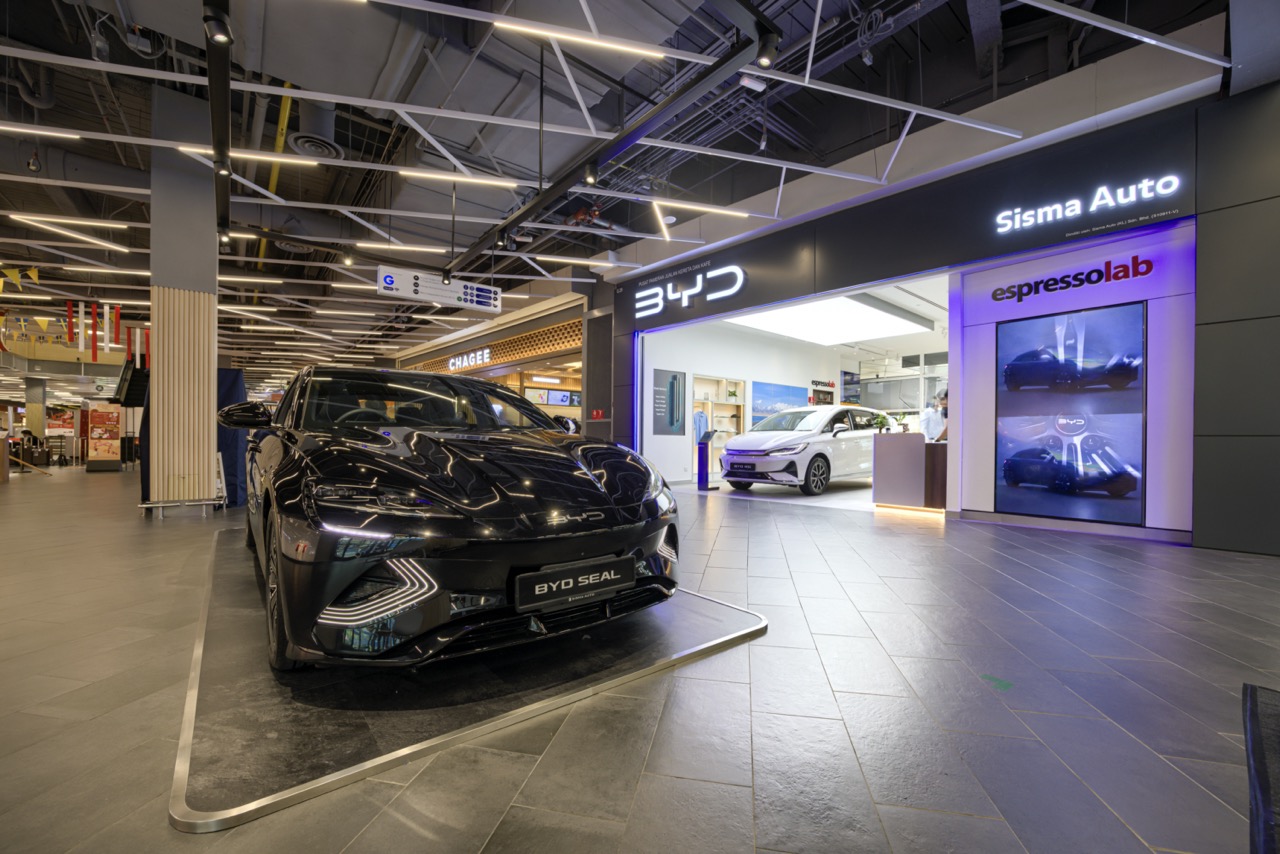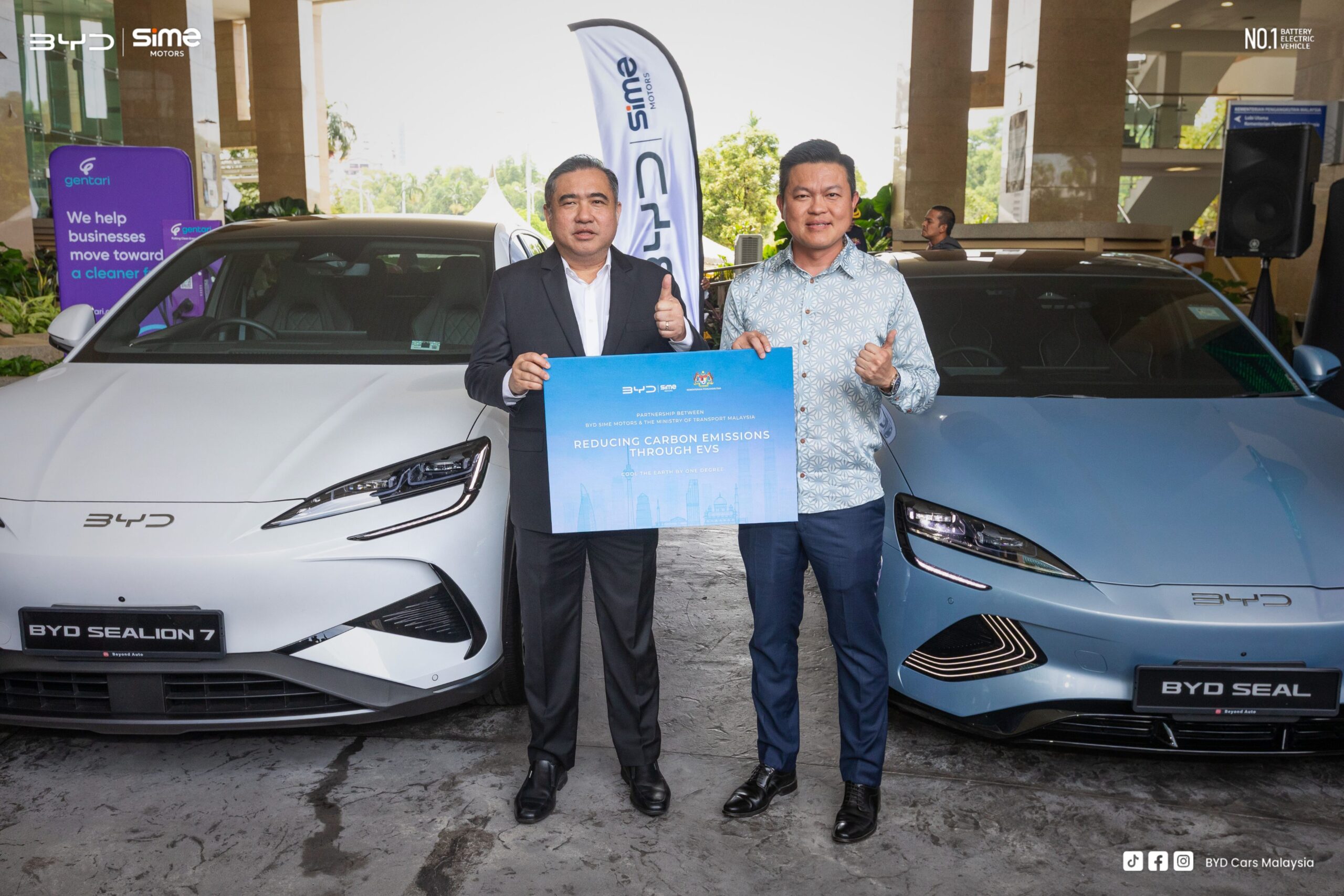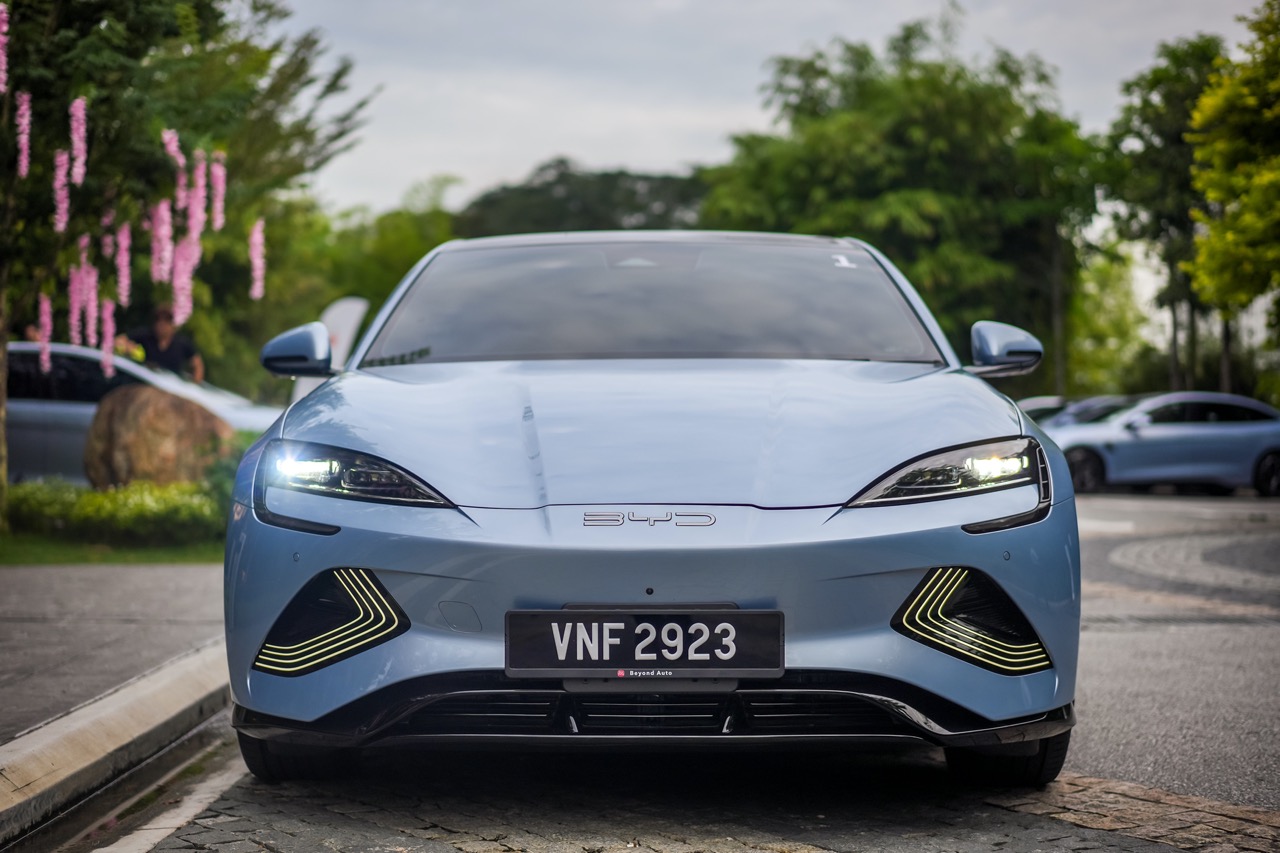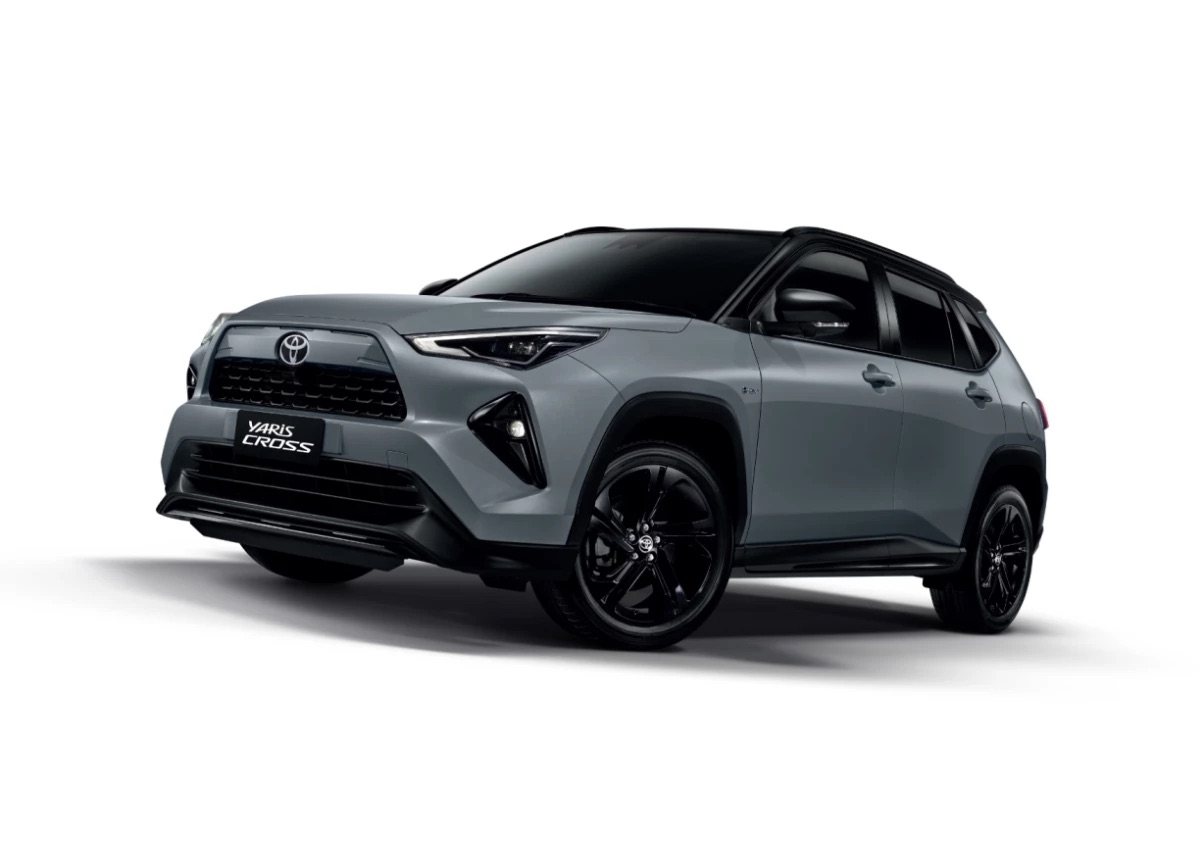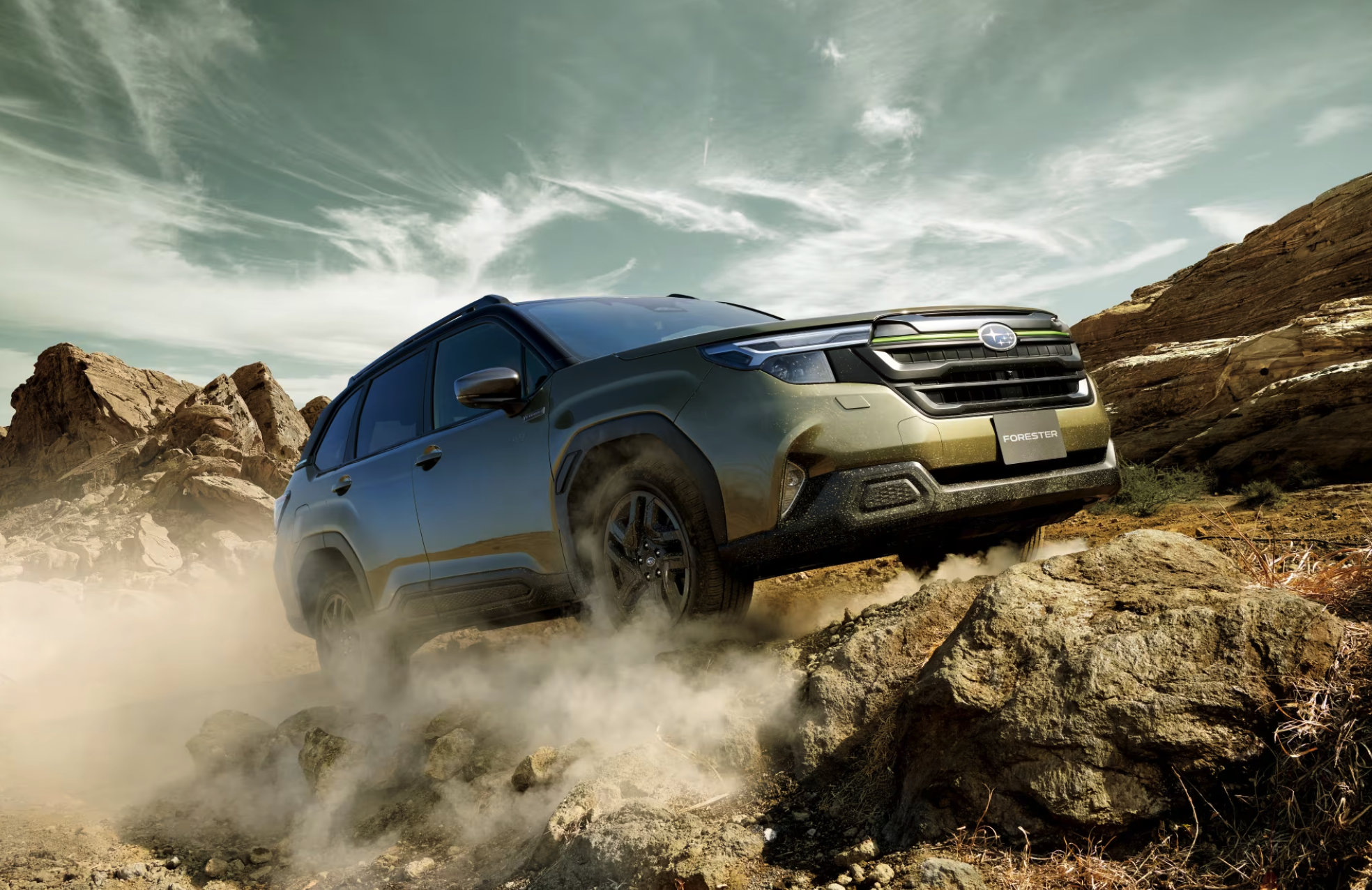The BYD ATTO 2, a compact electric SUV crafted for a new generation of drivers, has officially made its Malaysian debut. Unveiled by BYD Sime Motors—the official distributor of BYD vehicles in the country—the ATTO 2 signals the brand’s ambition to redefine electric vehicle (EV) ownership for first-time buyers and younger consumers seeking a lifestyle-friendly, zero-emissions solution.
At the heart of the launch is BYD’s vision to make advanced EV technology accessible and exciting. Described as a dynamic blend of innovation and practicality, the ATTO 2 brings together expressive design, practical features, and a comprehensive support ecosystem. With a starting price of RM100,000, the model is positioned as an entry-level option that doesn’t compromise on performance or personality.
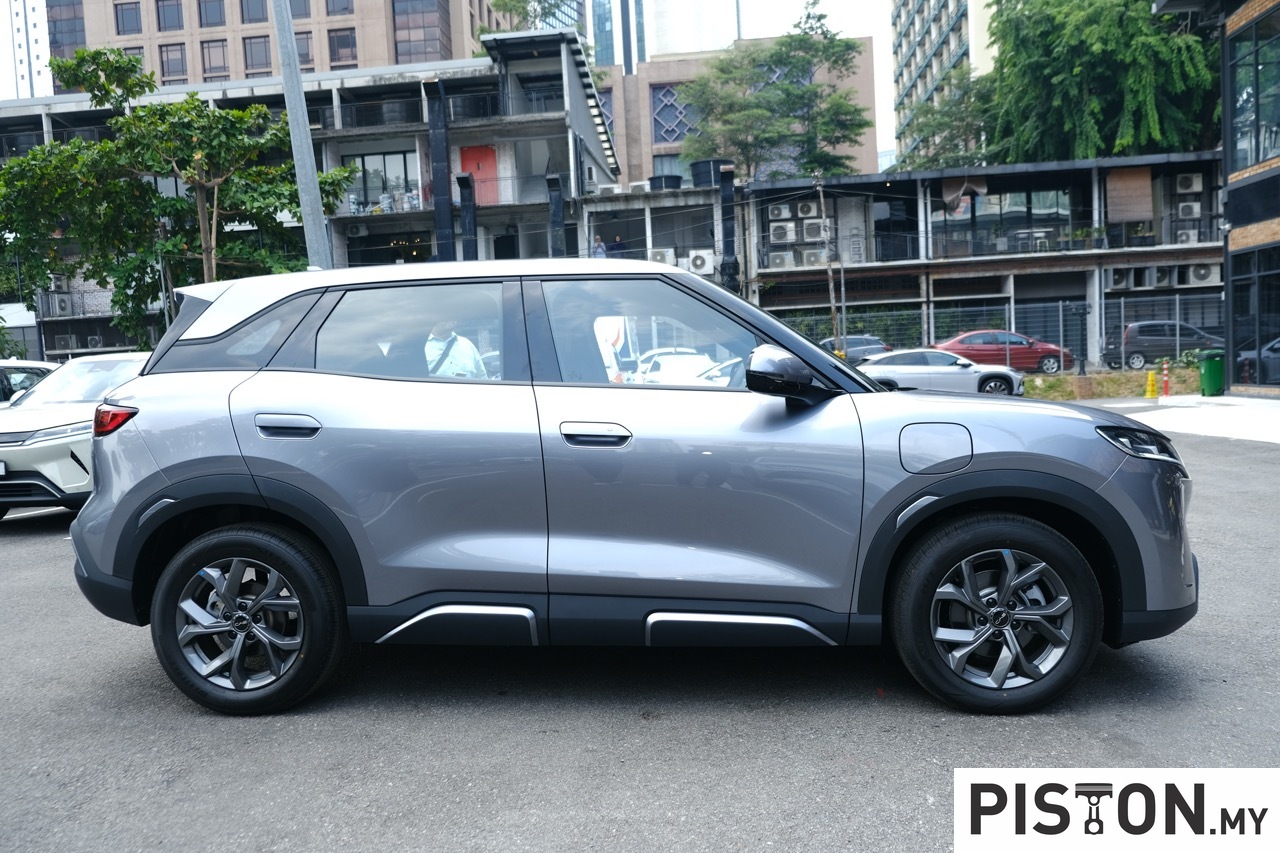
The BYD ATTO 2 is powered by a 174hp electric motor delivering 290Nm of torque, enabling it to sprint from 0 to 100km/h in 7.9 seconds. Paired with BYD’s in-house 51.13 kWh Blade Battery—renowned for its durability and safety—the compact SUV boasts a range of up to 410km (NEDC cycle). Charging is made convenient with AC (Type 2, 7kW) and DC fast-charging (CCS2, up to 82kW) capabilities.
The SUV’s bold exterior design incorporates sculpted lines and short overhangs, while its confident stance is complemented by 17-inch alloy wheels. Available in three youthful exterior tones—Ski White, Breeze Green, and Harbour Grey—the ATTO 2 features an all-black interior to accentuate its refined, tech-forward cabin.
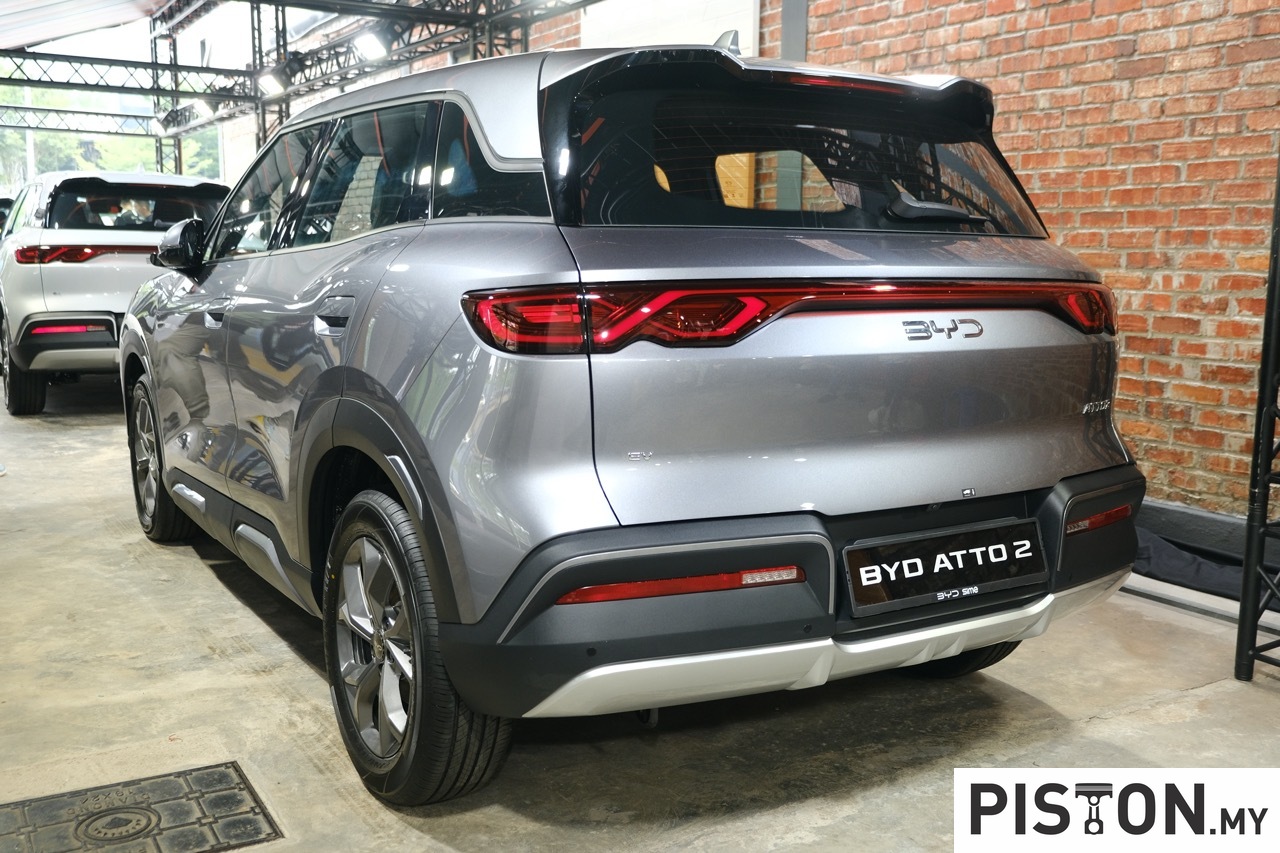
Inside, the cabin continues the theme of digital sophistication and comfort. Premium synthetic leather seats, front seat ventilation, a wireless charging pad, and a rotating 12.8-inch touchscreen infotainment display headline the feature set. The infotainment system supports both Apple CarPlay and Android Auto via wireless or wired connections.
Safety remains a central pillar of the ATTO 2’s proposition. The SUV is equipped with six airbags, a 360-degree view camera, and a suite of Advanced Driver Assistance Systems (ADAS), including autonomous emergency braking and lane-keeping functions, enhancing both driver confidence and on-road security.
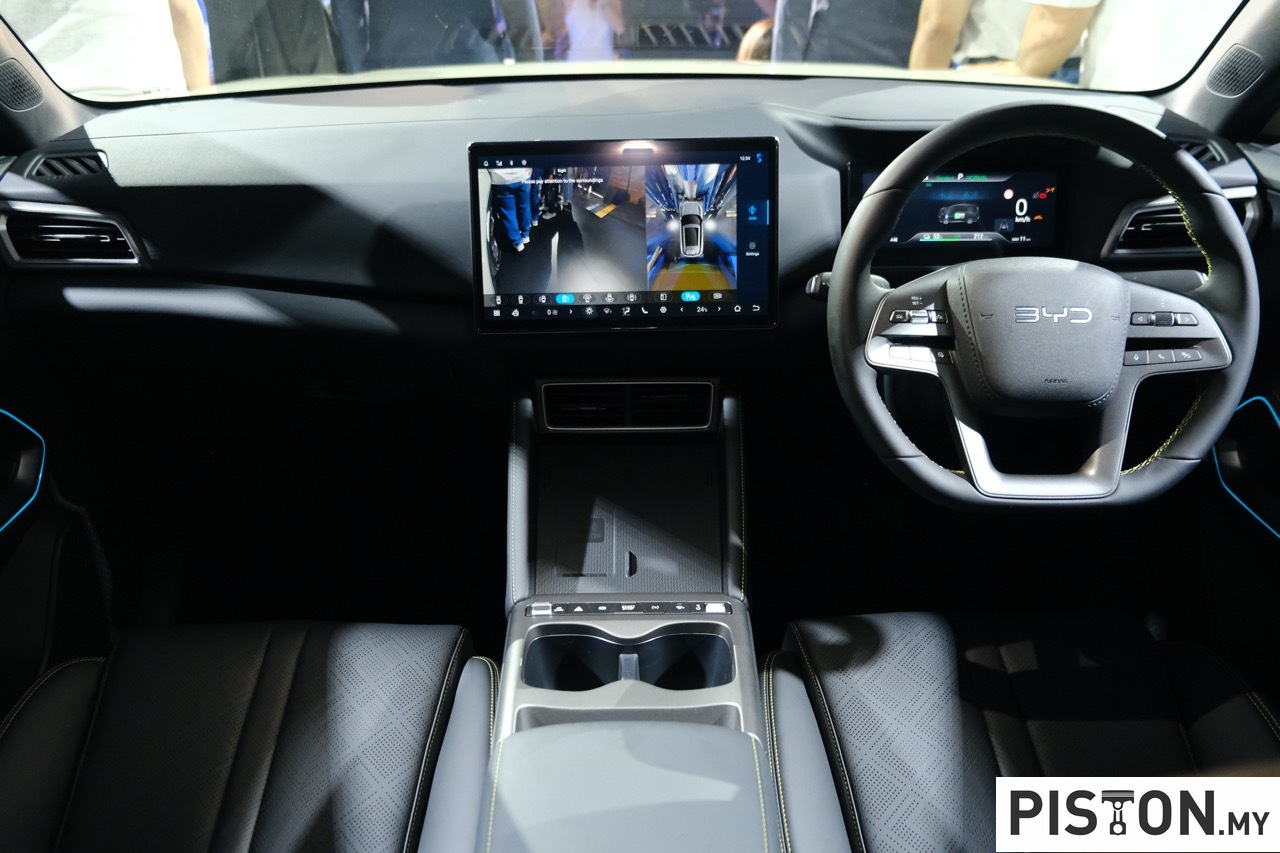
In terms of practicality, the ATTO 2 offers up to 1,320 litres of boot space with the rear seats folded. It also supports Vehicle-to-Load (V2L) functionality, allowing users to power external devices—ideal for camping or work scenarios.
BYD Sime Motors is backing the ATTO 2 with a robust ownership package aimed at easing the transition to EVs. The company’s “Easy Ownership Package,” offered to the first 800 customers, includes a combination of financial incentives and charging solutions. For RM0 instalment for the first 6 months, the Atto 2 is 100% yours. Notably, customers living in landed homes receive a complimentary wall charger, while those in high-rise residences can opt into the Sime Platinum 4+ Package by Power Up—a 12-month mobile charging subscription with added perks such as handwashing, vacuuming, and emergency rescue.
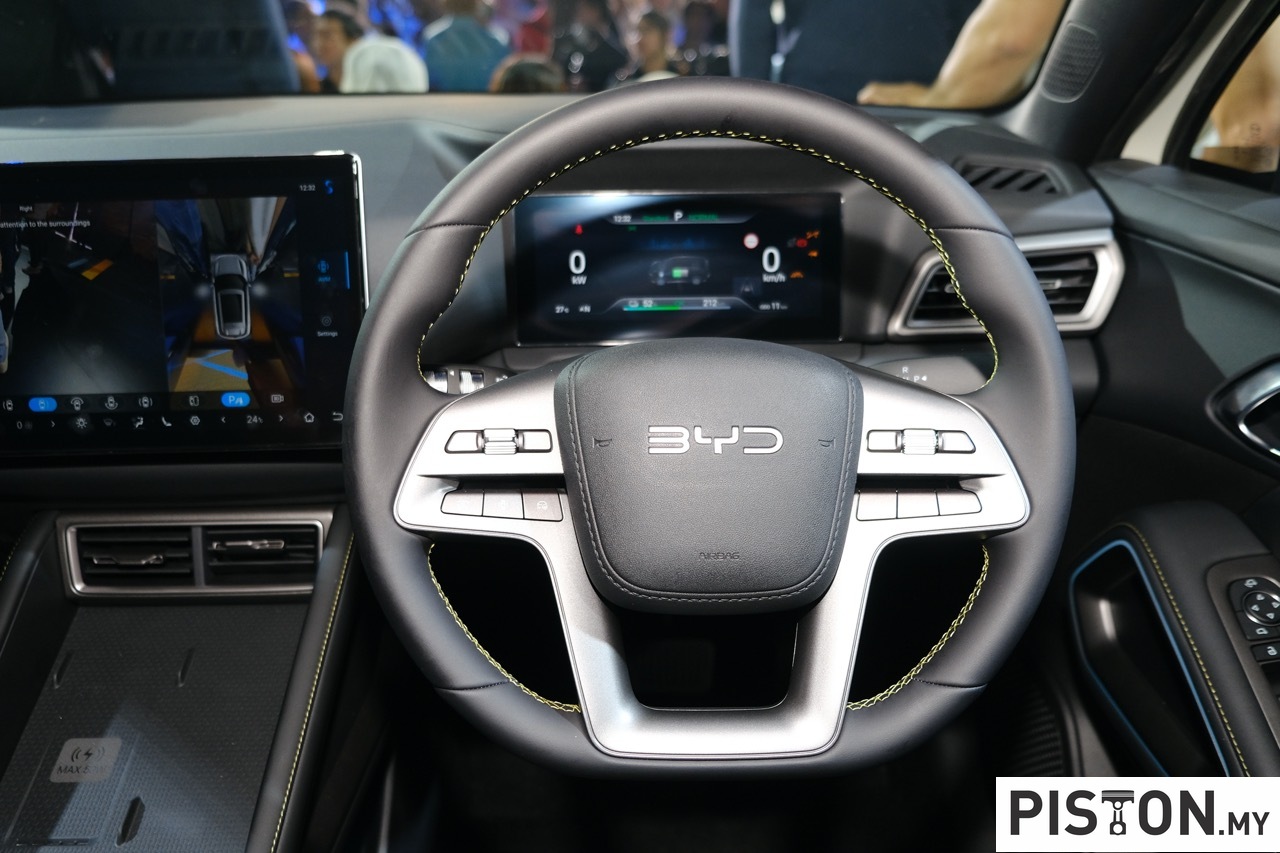
Additionally, the SUV comes with a comprehensive warranty package: six years or 150,000 km for the vehicle, eight years or 160,000 km for the Blade Battery, and eight years or 150,000km for the electric drive unit. Complimentary accessories include a Type 2 charging cable with a three-pin plug and a V2L adapter.
Beyond product features, BYD Sime Motors is investing in infrastructure to support the country’s EV growth. With 35 operational BYD outlets—26 of which are 3S (sales, service and spare parts) centres—the company aims to expand to 60 outlets by 2026. A partnership with Power Up also enables doorstep EV charging, a first for Malaysia’s industry and a practical solution for urban dwellers in condominiums and apartments.
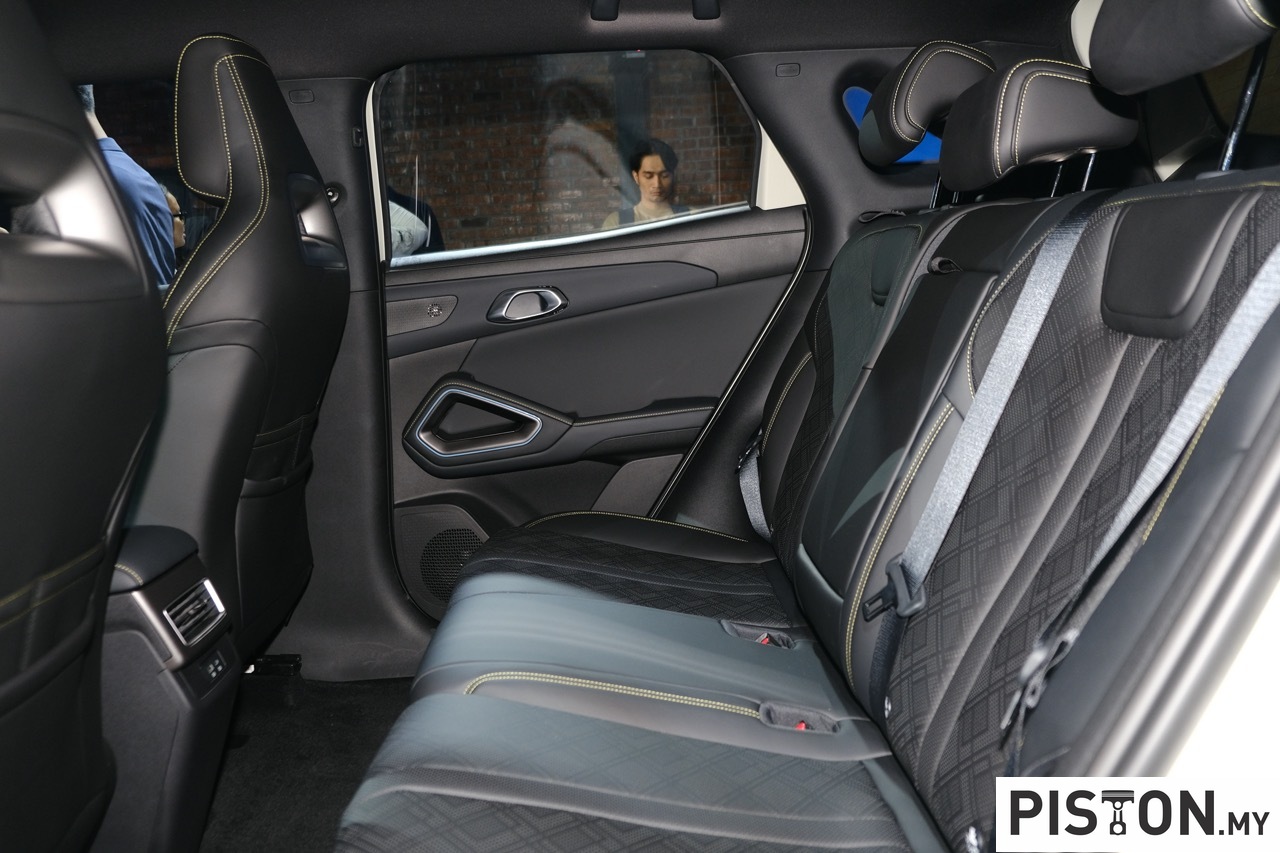
This launch marks the ATTO 2 as BYD’s first vehicle designed specifically with younger, urban drivers in mind. It joins a growing Malaysian portfolio that includes the ATTO 3 Ultra, Seal, Sealion 7, Dolphin and the spacious M6 MPV. Together, these models represent BYD’s evolving product ecosystem tailored for a wide range of lifestyles and life stages.



